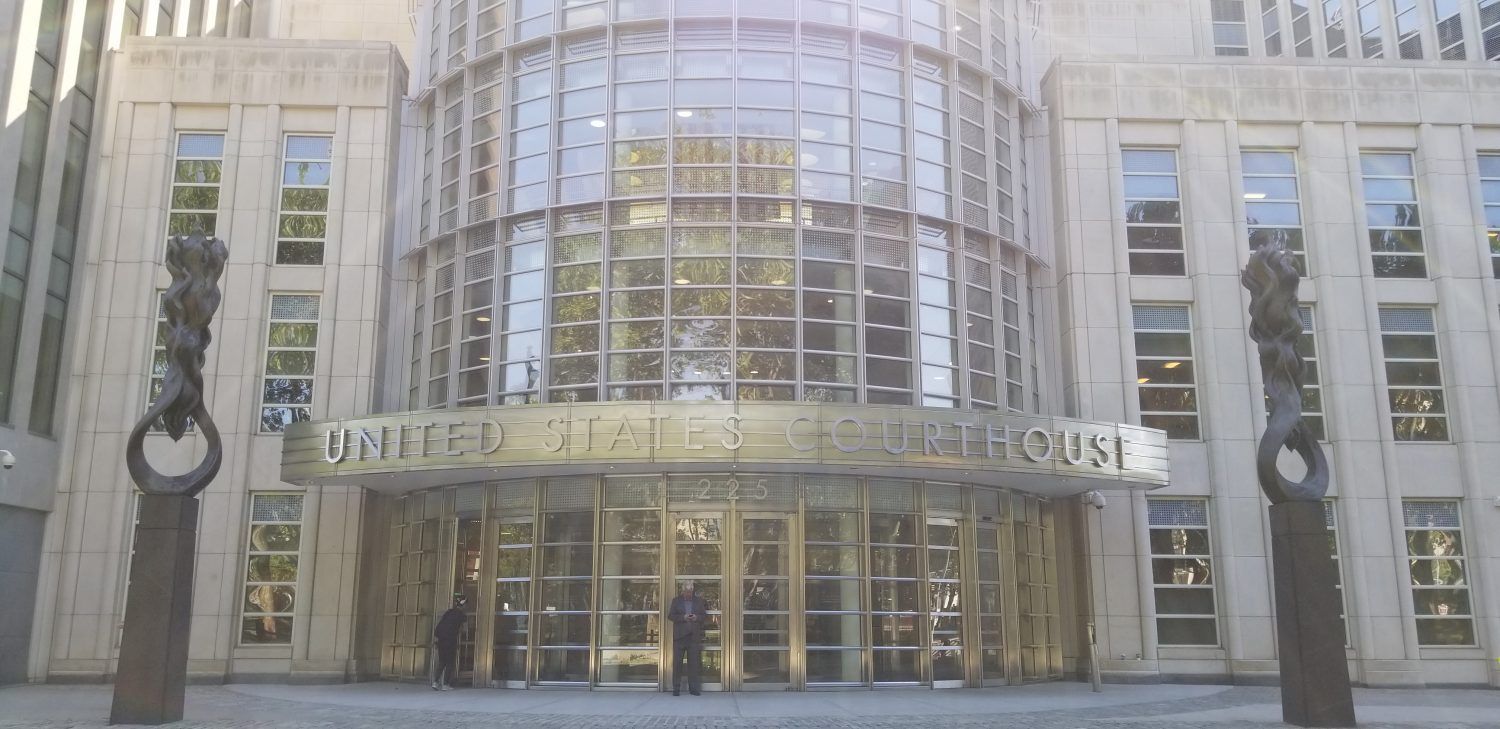Uncategorized
U.S. Prosecutors Charge Canadian Man With $65M Hacks of Indexed Finance, KyberSwap

U.S. prosecutors have charged a 22-year-old Canadian man with stealing a combined $65 million in crypto through two separate decentralized finance (DeFi) hacks — the 2021 Indexed Finance exploit and the 2023 KyberSwap hack.
In a newly-unsealed indictment filed in the Eastern District of New York (EDNY), prosecutors say Andean “Andy” Medjedovic was the mastermind behind both exploits. Though Medjedovic’s alleged role in the KyberSwap exploit was previously unknown, he has publicly admitted to being the Indexed Finance attacker, wiping $16 million from the DeFi platform when he was still a teenager.
Read more: After Stealing $16M, This Teen Hacker Seems Intent on Testing ‘Code is Law’ in the Courts
Medjedovic did little to hide his identity as the Indexed Finance hacker because he professed to believe he wasn’t actually doing anything illegal. Another DeFi hacker, Avraham “Avi” Eisenberg, took a similar “code is law” position after his 2022 Mango Markets exploit, claiming that siphoning $110 million from the decentralized exchange was fair game. A New York jury disagreed, finding Eisenberg guilty of fraud and market manipulation. He will be sentenced later this year, and faces up to 20 years in prison.
Medjedovic has been on the run since December 2021, when a Canadian court issued a warrant for his arrest. In 2023, he told a DeFi Llama reporter that it was “exhausting” living as a fugitive, saying that he had been bouncing around through Europe, South America and an unnamed island nation while on the lam. A spokesperson for the Eastern District of New York (EDNY) told CoinDesk that Medjedovic remains “at large” and is not believed to be in the U.S.
Eight months after telling the same reporter that he was now a whitehat hacker, prosecutors say Medjedovic stole about $50 million from KyberSwap. According to the indictment, Medjedovic planned the KyberSwap hack for months before acting, writing to himself “Find time to Strike!” and creating a “POST-EXPLOITATION” plan for himself.
In one file, Medjedovic allegedly mused on his past mistakes, writing “Going On the run / Yes / Chance of getting caught
Medjedovic has been charged with one count of wire fraud, one count of unauthorized damage to a protected computer, one count of attempted Hobbs Act extortion, one count of money laundering conspiracy and one count of money laundering. He faces a maximum penalty of 90 years in prison.
Uncategorized
Elon Musk vs. the regulators
Welcome back to TechCrunch Mobility, your hub for all things “future of transportation.”
Uncategorized
Nvidia’s AI empire: A look at its top startup investments
Over the last two years, Nvidia has used its ballooning fortunes to invest in over 100 AI startups. Here are the giant semiconductor’s largest investments.
Uncategorized
Dating app Cerca will show how Gen Z really dates at TechCrunch Disrupt 2025
Cerca is a dating app that sets users up with mutual friends.
-

 Business12 месяцев ago
Business12 месяцев ago3 Ways to make your business presentation more relatable
-

 Fashion12 месяцев ago
Fashion12 месяцев agoAccording to Dior Couture, this taboo fashion accessory is back
-

 Entertainment12 месяцев ago
Entertainment12 месяцев ago10 Artists who retired from music and made a comeback
-

 Entertainment12 месяцев ago
Entertainment12 месяцев ago\’Better Call Saul\’ has been renewed for a fourth season
-

 Entertainment12 месяцев ago
Entertainment12 месяцев agoNew Season 8 Walking Dead trailer flashes forward in time
-

 Business12 месяцев ago
Business12 месяцев ago15 Habits that could be hurting your business relationships
-

 Entertainment12 месяцев ago
Entertainment12 месяцев agoMeet Superman\’s grandfather in new trailer for Krypton
-

 Entertainment12 месяцев ago
Entertainment12 месяцев agoDisney\’s live-action Aladdin finally finds its stars


